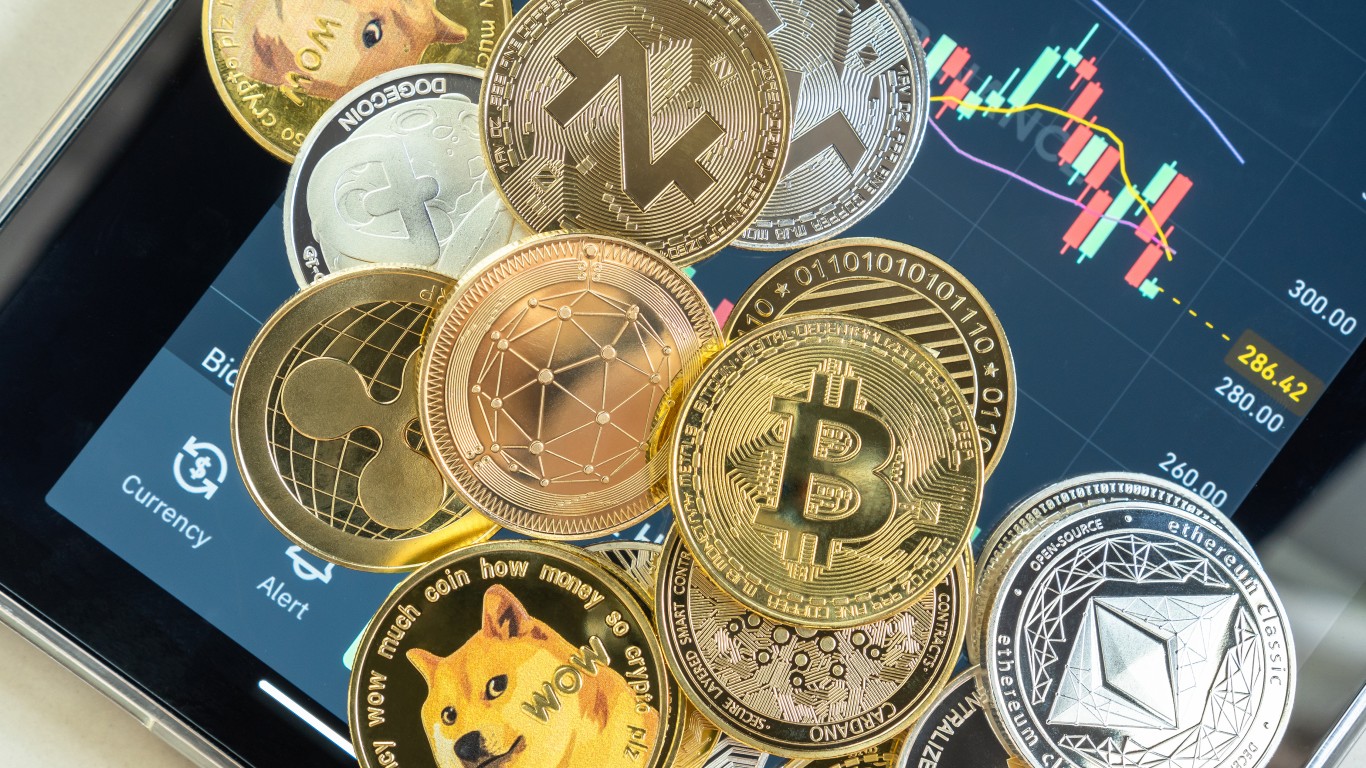Investing
Proof of Reserve is Not Adequate to Determine an Exchange’s Health

Published:

The collapse of FTX, once the third-largest cryptocurrency exchange, eroded user trust in the industry. In a bid to regain this trust, some of the largest centralized crypto platforms started releasing Proof of Reserves, revealing how much and what cryptocurrencies they hold on behalf of customers.
While Proof of Reserves seems a good first step, it is not enough. That is because this practice does not demonstrate the overall financial health of an exchange.
A Proof of Reserves (PoR) is an independent check conducted on centralized crypto exchanges by third parties. The goal is to make sure those platforms hold the assets they claim on behalf of their clients.
This cryptographic process uses a structure called a Merkle Tree, a privacy-friendly data structure that breaks down complex data into smaller, more digestible chunks for faster and more efficient processing. The auditor takes an anonymized snapshot of all balances held by an exchange and aggregates them into a Merkle tree.
Then, the auditor obtains a Merkle root, which is the hash of all the hashes of all the transactions that are part of a block in a blockchain network. The auditor also needs to collect digital signatures produced by the exchange to prove ownership of the on-chain addresses with publicly verifiable balances.
Finally, the auditor compares and verifies whether the balances match, exceed, or fall short of the client balances represented in the Merkle tree. This way, PoR can verify whether or not the client assets are held on a full-reserve basis.
The PoR process has found increasing momentum following the unprecedented crash of FTX and Sam Bankman-Fried, who had earned himself a reputation as crypto’s bail-out king during the recent crypto meltdown.
In an attempt to reassure users, crypto exchanges have started to share their Proof of Reserves. According to data accumulated by Nic Carter, a partner at Castle Island Ventures and the cofounder of blockchain data aggregator Coinmetrics.io, five exchanges including Kraken, Bitmex, Coinfloor, Gate.io, and HBTC have completed their Proof of Reserves audits.
Moreover, Luno, Revix, Bitbuy, and Shakepay have partially validated their Proof of Reserves while Binance, OKX, Kucoin, Huobi, Poloniex, Crypto.com, Deribit, and Bitfinex have announced plans to release their Proof of Reserves.
While posting Proof of Reserves is a good first step for crypto exchanges to move toward transparency, it is not enough. That is because this practice does not reveal the overall balance sheet and the liabilities of a platform, which makes it hard for users thoroughly to verify the financial health of a company.
“Proof of Reserves is a good start, but it needs to be coupled with Proof of Liabilities in order to be useful,” said Ava Labs CEO Emin Gün Sirer. In other words, crypto platforms could simply borrow funds for a short term to complete their PoR.
Moreover, exchanges can have hidden liabilities or have creditors claim seniority to depositors, especially if they don’t legally segregate client assets on the platform. Without knowing how much is owed to depositors, users only have half of the equation.
However, it is worth noting that releasing Proof of Liabilities or proving that there are no other liabilities is not easy, too. Carter said:
“Proving liabilities is tricky, and generally requires an auditor to engage in a full assessment. For instance, exchanges can omit certain liabilities to ‘cheat’ a PoR attestation. This is why I recommend both a user-facing PoR protocol, allowing users to obtain ‘herd immunity’ by collectively verifying their individual balances, and an auditor-facing PoR protocol, to prove that the claimed liabilities are faithful to reality.”
This article originally appeared on The Tokenist
Credit card companies are at war. The biggest issuers are handing out free rewards and benefits to win the best customers.
It’s possible to find cards paying unlimited 1.5%, 2%, and even more today. That’s free money for qualified borrowers, and the type of thing that would be crazy to pass up. Those rewards can add up to thousands of dollars every year in free money, and include other benefits as well.
We’ve assembled some of the best credit cards for users today. Don’t miss these offers because they won’t be this good forever.
Flywheel Publishing has partnered with CardRatings for our coverage of credit card products. Flywheel Publishing and CardRatings may receive a commission from card issuers.
Thank you for reading! Have some feedback for us?
Contact the 24/7 Wall St. editorial team.